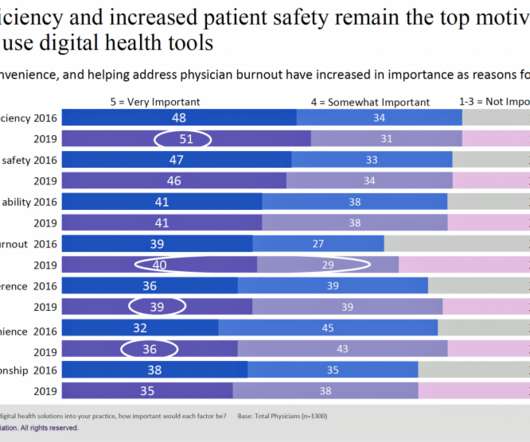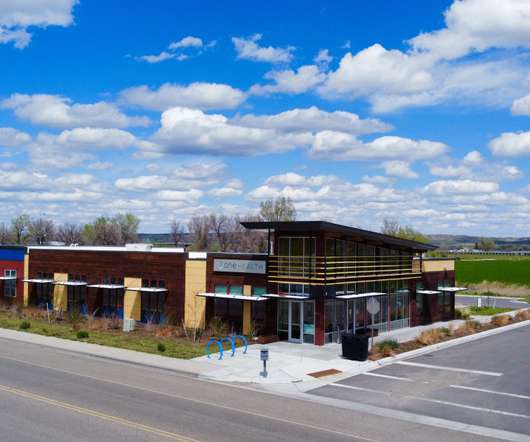Physicians Lean In to Digital Health, Especially Telehealth and Remote Monitoring
Health Populi
FEBRUARY 11, 2020
doctors are using digital health tools in patient care, with quickening adoption of telehealth and remote monitoring technology, according to a study from the American Medical Association (AMA). The largest positive change in adoption was seen in telehealth and remote monitoring, and.













Let's personalize your content